What secrets lie within the ancient walls of the UAE’s most revered souks? The UAE boasts a rich cultural heritage. Its traditional markets play a big role in this legacy.
These historic markets have supported trade and commerce for centuries. They offer a peek into the country’s history and traditions. In Dubai and other places, these souks are more than shopping spots. They are lively centers that display local handicrafts and the area’s vibrant atmosphere.
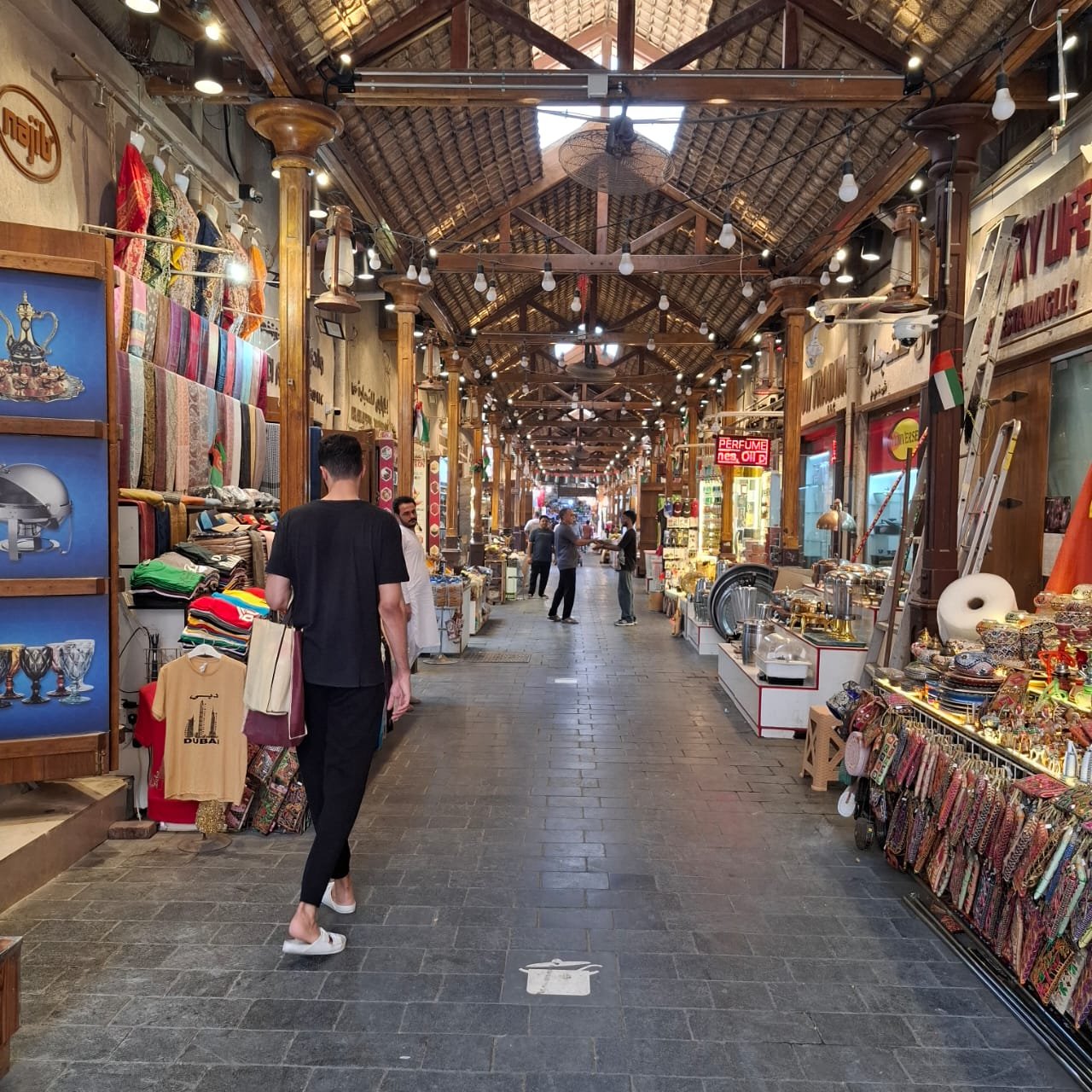
The top 3 traditional markets in the UAE show the region’s lasting legacy. They offer a special shopping experience and a look into the UAE’s past.
Key Takeaways
- Discover the historical significance of the UAE’s souks.
- Explore the unique features of the top 3 traditional markets.
- Learn about the local handicrafts and goods on offer.
- Understand the cultural importance of these markets.
- Find out how these markets contribute to the UAE’s heritage.
The Rich Heritage of UAE’s Traditional Markets
UAE’s souks are more than just markets. They hold the nation’s history. For centuries, these markets have been key to Emirati life. They are places for trade, socializing, and cultural exchange.
Historical Significance of Souks in Emirati Culture
The souks have shaped Emirati culture deeply. They are where locals buy and sell, share news, and socialize. Historically, these markets were the heart of the city, where people exchanged goods and stories.
Evolution of Traditional Markets in Modern UAE
UAE’s traditional markets have changed over time. They now mix tradition with modernity. Visitors can see this by exploring places like the Naif Market in Dubai.
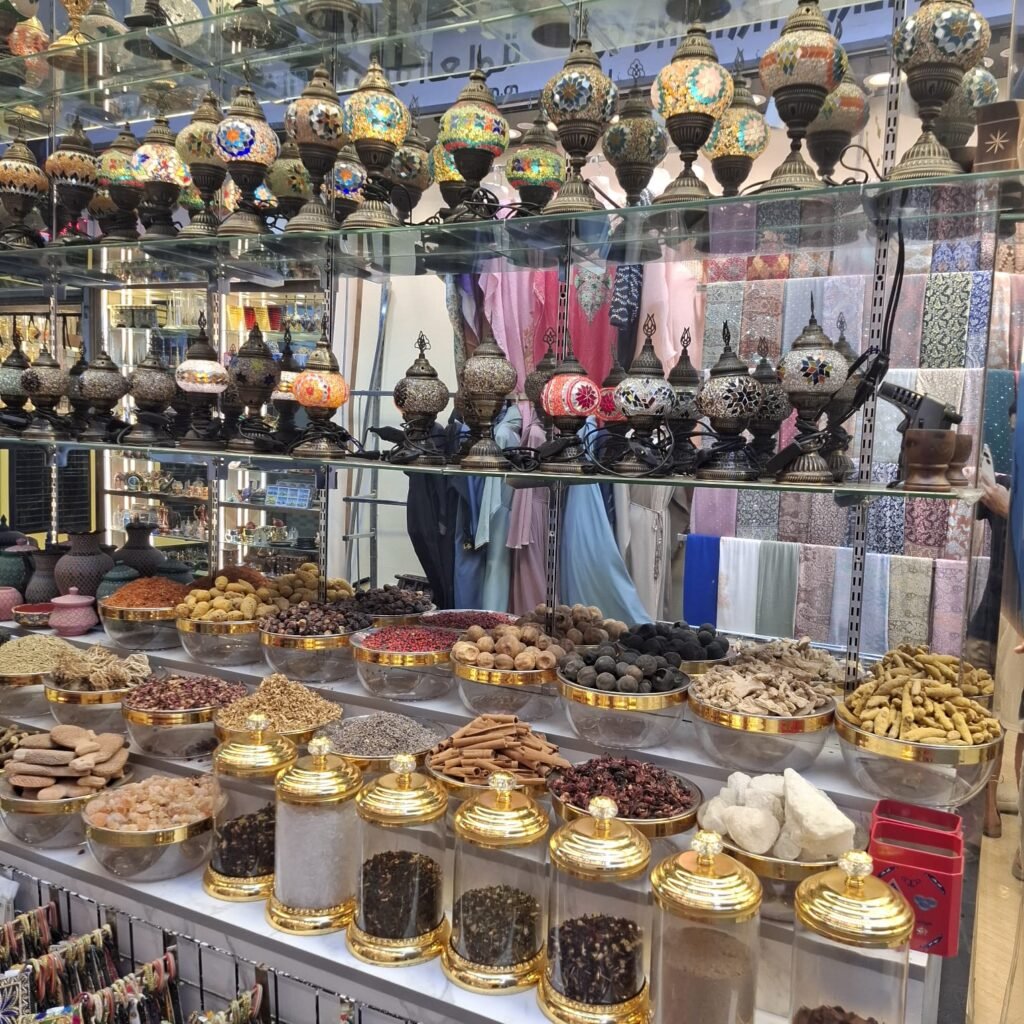
Naif Market: Dubai’s Historic Trading Hub
Naif Market is a key part of Dubai’s trading history. It shows the city’s past. For decades, it has been a major spot for trade, drawing visitors from everywhere.
Origins and Historical Development
Naif Market has been around for a long time. It started with deep roots in Dubai’s history. Over the years, it has grown, keeping its traditional feel.
What to Expect: Products and Specialties
At Naif Market, you’ll find many things. There’s traditional clothes, accessories, electronics, and souvenirs. The market is lively, with narrow alleys and shops.
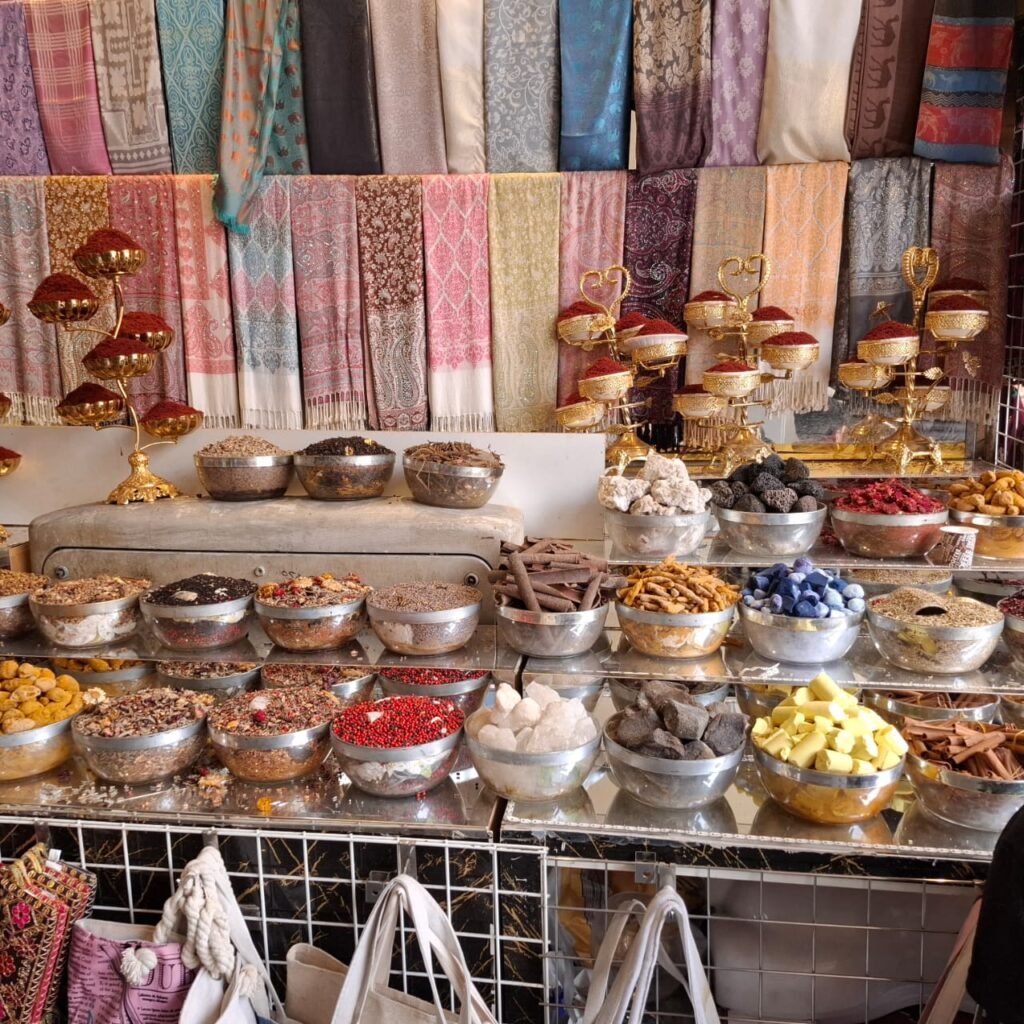
Visitor Experience and Practical Information
Visiting Naif Market gives you a peek into Dubai’s past. Its old buildings and busy streets are fascinating. It’s best to go when it’s cooler for a better time.
Souk Al Arsah: Sharjah’s Oldest Traditional Market
In Sharjah, a historic gem awaits discovery: Souk Al Arsah, one of the oldest traditional markets in the UAE. This venerable market has been a cornerstone of the region’s commerce and culture for centuries.
Historical Background and Restoration
Souk Al Arsah has undergone meticulous restoration efforts. The restoration has maintained the souk’s historic integrity, allowing visitors to experience the authentic atmosphere of a traditional Emirati market.
Unique Offerings and Cultural Artifacts
The souk is renowned for its diverse array of unique goods and cultural artifacts. Visitors can explore the narrow alleys to discover local handicrafts, traditional clothing, and souvenirs that reflect the region’s rich heritage.
Navigating the Market: Tips for Visitors
To make the most of a visit to Souk Al Arsah, it’s advisable to be mindful of local customs. Exploring the souk on foot allows visitors to fully immerse themselves in the vibrant atmosphere and discover hidden gems.
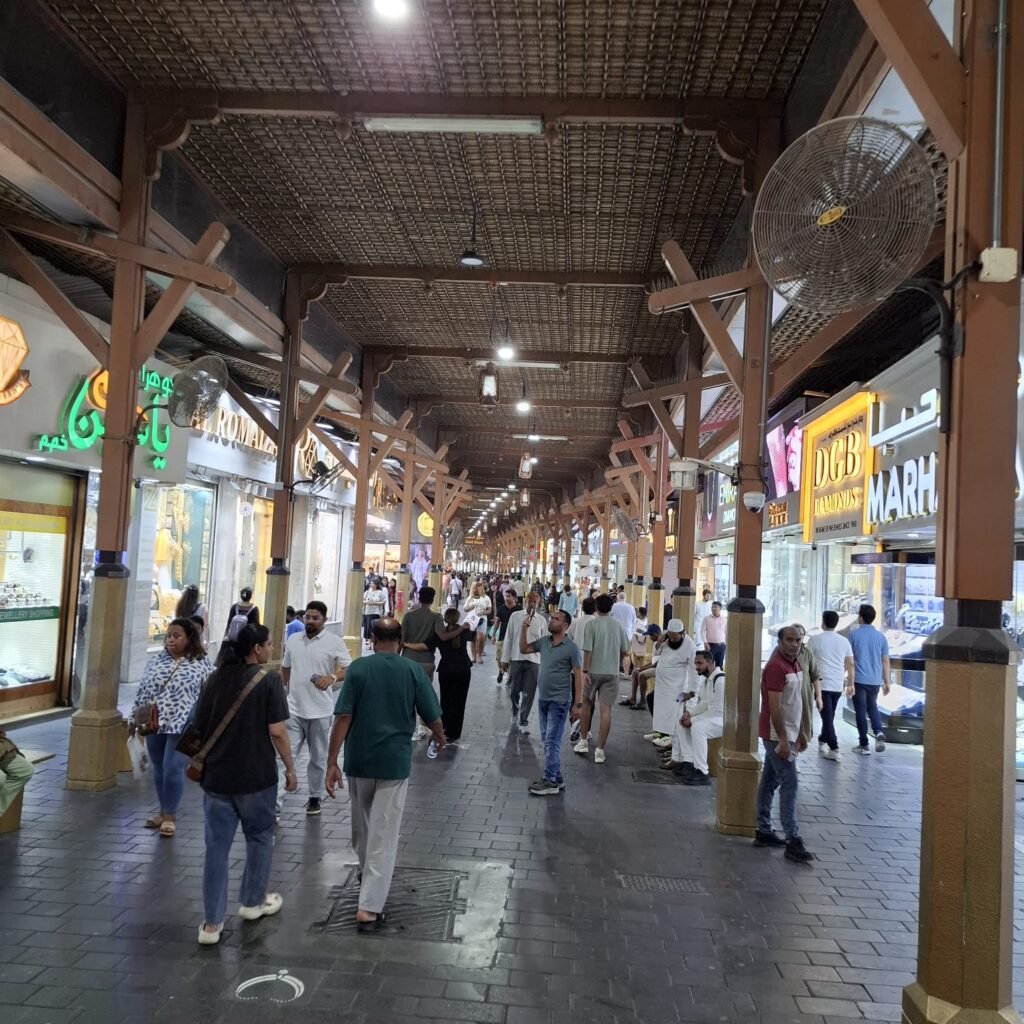
Al Qattara Souq (Al Ain Central Market) – Al Ain
Al Qattara Souq, commonly known as the Al Ain Souq or Central Market, is one of the oldest and most traditional markets in the United Arab Emirates. Unlike the bustling, tourist-heavy souqs of Dubai, it offers a more authentic and culturally immersive experience, reflecting the deep-rooted heritage of Abu Dhabi’s Al Ain region.
Why It’s Important & Its History
- Historical Significance: The market has been a central trading hub for the Al Ain oasis for decades. It was traditionally where Bedouins, farmers, and locals would gather to trade goods, from dates and livestock to handicrafts and essentials.
- Architectural Beauty: The souq has been beautifully restored and renovated to mirror traditional Emirati architecture. It’s designed like a fortress (Hisn) or a traditional neighborhood (Fareej), with wind towers (Barjeel), sandy-colored walls, arched walkways, and narrow alleyways that provide natural cooling—a stark contrast to modern air-conditioned malls. This design pays homage to the UAE’s past and offers a visually stunning experience.
What to Find & Experience There
The souq is celebrated for offering genuine, high-quality local products. Key items include:
- Dates: This is a highlight. You will find an incredible variety of premium local dates (like Khalas, Fard, and Lulu), often sold in elegant gift boxes. It’s a primary place for locals to buy their dates for personal use or as gifts.
- Traditional Handicrafts: The souq is a strong supporter of local artisans. You can find beautifully crafted items such as:
- Sadu: Traditional woven textiles made by Bedouin women, featuring distinctive geometric patterns in red, black, and white.
- Al Khous: Products woven from palm fronds, including baskets, mats, and decorative items.
- Pottery: Traditional Emirati pottery and ceramics.
- Perfumes & Incense: A section dedicated to traditional Arabian fragrances, including Oud (Agarwood), Bakhoor (scented wood chips), and Arabian perfumes (attars).
- Antiques & Souvenirs: While it’s a functioning local market, it also offers unique souvenirs like old coins, silver jewelry (khanjars – daggers), and other cultural artifacts that are harder to find in the more commercialized souqs.
- Gold & Clothing: It also has sections for gold jewelry and traditional clothing (Kanduras and Abayas), though these are typically geared more towards local residents than tourists.
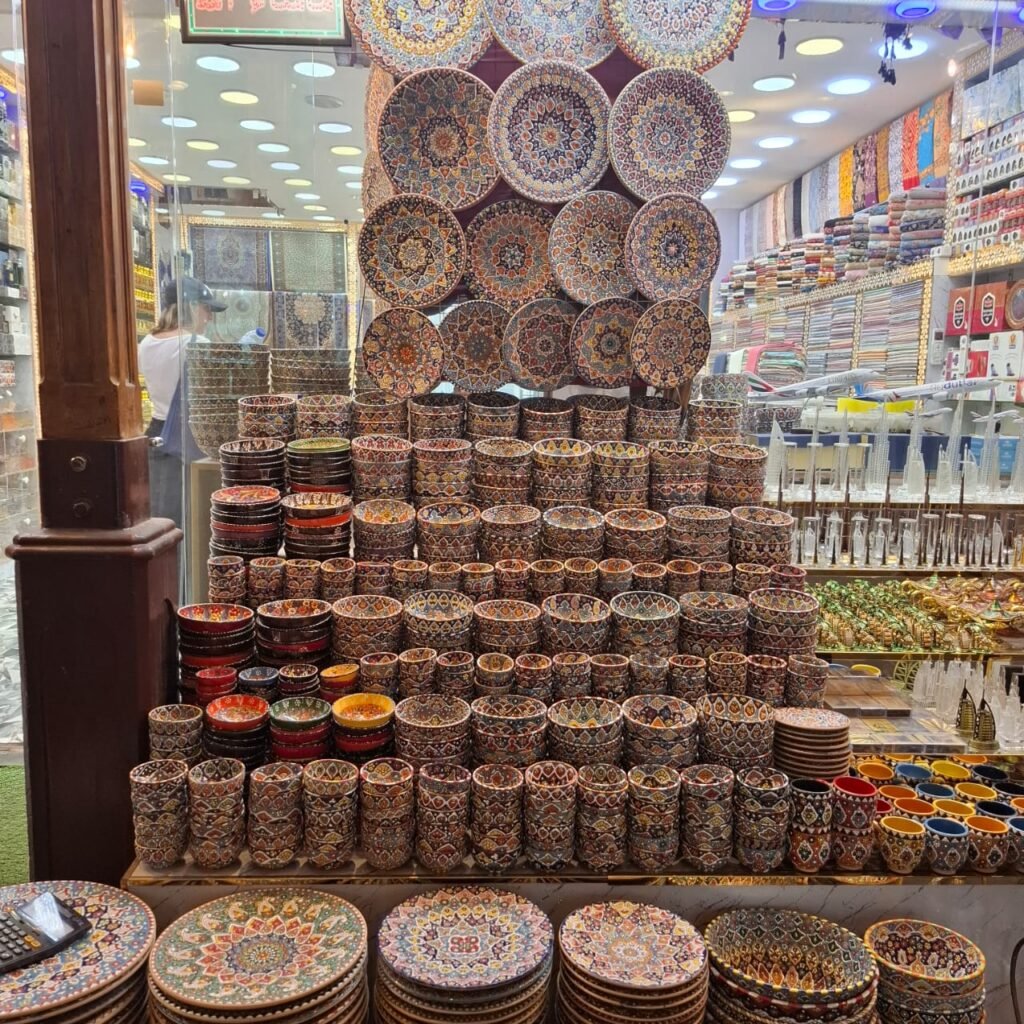
The Overall Vibe
The atmosphere at Al Qattara Souq is generally calm, relaxed, and authentic. It’s a place to wander slowly, appreciate the architecture, and interact with shopkeepers who are often knowledgeable about the history of their products. It feels less like a tourist attraction and more like a living piece of Emirati culture.
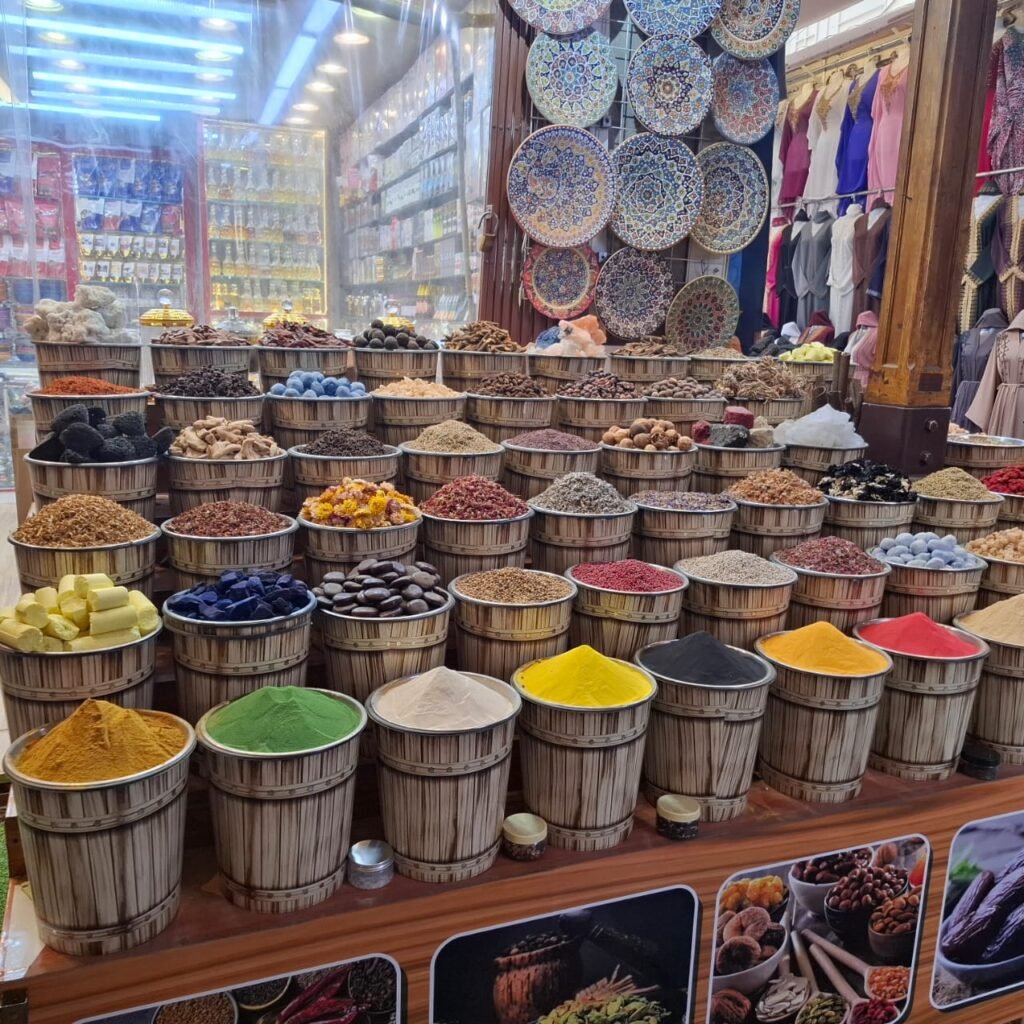
Location: In the Al Mutarid area of Al Ain City, Abu Dhabi Emirate.
In summary, if you want to experience the traditional heart of the UAE away from the glitz of Dubai and Abu Dhabi city, Al Qattara Souq in Al Ain is an essential visit. It’s a perfect blend of history, culture, and authentic shopping.
The traditional markets of the UAE are more than just places to shop. They protect the country’s history and culture. As the UAE grows and changes, keeping these markets alive is key.
Work is being done to restore and keep these souks thriving. By visiting and supporting them, we help preserve the UAE’s cultural heritage. This ensures the UAE’s history stays alive for the future.
These markets are important for more than just shopping. They remind us of the UAE’s rich past and its cultural identity. It’s vital to keep supporting and preserving these markets. This way, they can continue to be a big part of the UAE’s heritage.

Nice markets.